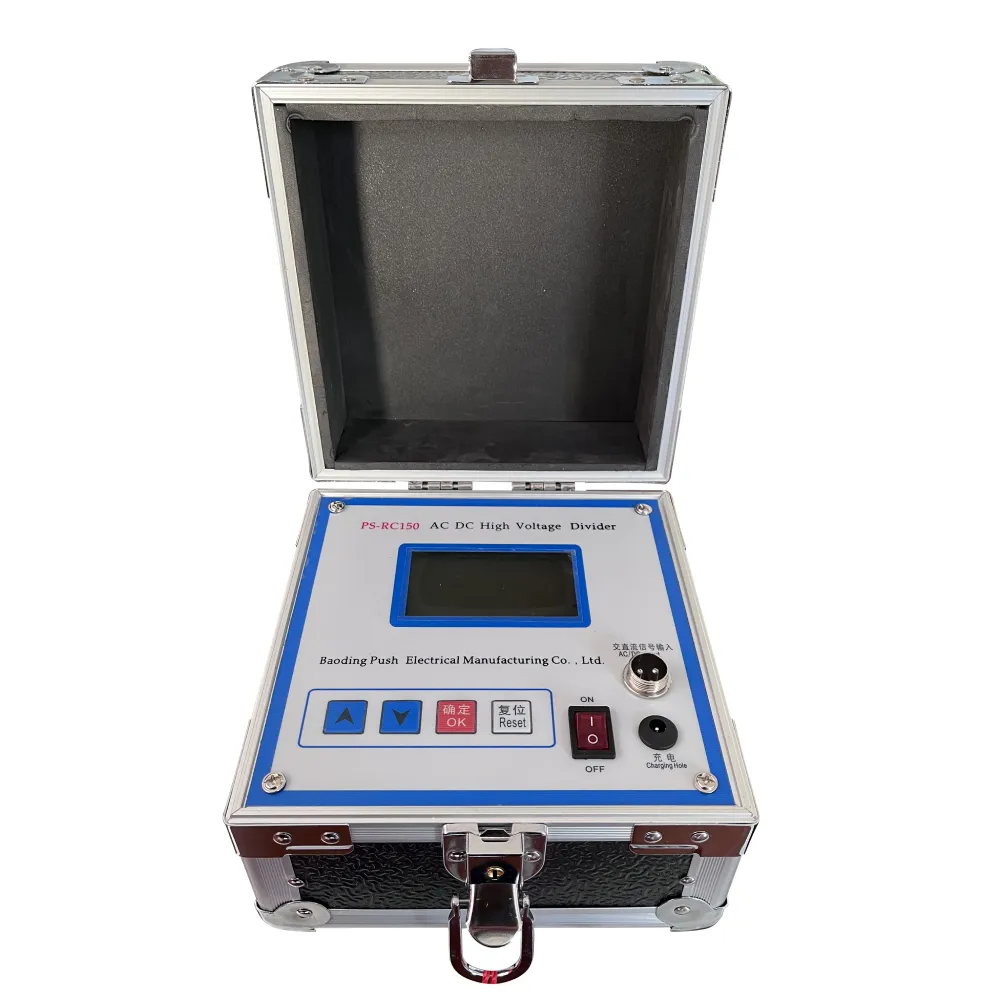 English
English



-
 Afrikaans
Afrikaans -
 Albanian
Albanian -
 Amharic
Amharic -
 Arabic
Arabic -
 Armenian
Armenian -
 Azerbaijani
Azerbaijani -
 Basque
Basque -
 Belarusian
Belarusian -
 Bengali
Bengali -
 Bosnian
Bosnian -
 Bulgarian
Bulgarian -
 Catalan
Catalan -
 Cebuano
Cebuano -
 China
China -
 China (Taiwan)
China (Taiwan) -
 Corsican
Corsican -
 Croatian
Croatian -
 Czech
Czech -
 Danish
Danish -
 Dutch
Dutch -
 English
English -
 Esperanto
Esperanto -
 Estonian
Estonian -
 Finnish
Finnish -
 French
French -
 Frisian
Frisian -
 Galician
Galician -
 Georgian
Georgian -
 German
German -
 Greek
Greek -
 Gujarati
Gujarati -
 Haitian Creole
Haitian Creole -
 hausa
hausa -
 hawaiian
hawaiian -
 Hebrew
Hebrew -
 Hindi
Hindi -
 Miao
Miao -
 Hungarian
Hungarian -
 Icelandic
Icelandic -
 igbo
igbo -
 Indonesian
Indonesian -
 irish
irish -
 Italian
Italian -
 Japanese
Japanese -
 Javanese
Javanese -
 Kannada
Kannada -
 kazakh
kazakh -
 Khmer
Khmer -
 Rwandese
Rwandese -
 Korean
Korean -
 Kurdish
Kurdish -
 Kyrgyz
Kyrgyz -
 Lao
Lao -
 Latin
Latin -
 Latvian
Latvian -
 Lithuanian
Lithuanian -
 Luxembourgish
Luxembourgish -
 Macedonian
Macedonian -
 Malgashi
Malgashi -
 Malay
Malay -
 Malayalam
Malayalam -
 Maltese
Maltese -
 Maori
Maori -
 Marathi
Marathi -
 Mongolian
Mongolian -
 Myanmar
Myanmar -
 Nepali
Nepali -
 Norwegian
Norwegian -
 Norwegian
Norwegian -
 Occitan
Occitan -
 Pashto
Pashto -
 Persian
Persian -
 Polish
Polish -
 Portuguese
Portuguese -
 Punjabi
Punjabi -
 Romanian
Romanian -
 Russian
Russian -
 Samoan
Samoan -
 Scottish Gaelic
Scottish Gaelic -
 Serbian
Serbian -
 Sesotho
Sesotho -
 Shona
Shona -
 Sindhi
Sindhi -
 Sinhala
Sinhala -
 Slovak
Slovak -
 Slovenian
Slovenian -
 Somali
Somali -
 Spanish
Spanish -
 Sundanese
Sundanese -
 Swahili
Swahili -
 Swedish
Swedish -
 Tagalog
Tagalog -
 Tajik
Tajik -
 Tamil
Tamil -
 Tatar
Tatar -
 Telugu
Telugu -
 Thai
Thai -
 Turkish
Turkish -
 Turkmen
Turkmen -
 Ukrainian
Ukrainian -
 Urdu
Urdu -
 Uighur
Uighur -
 Uzbek
Uzbek -
 Vietnamese
Vietnamese -
 Welsh
Welsh -
 Bantu
Bantu -
 Yiddish
Yiddish -
 Yoruba
Yoruba -
 Zulu
Zulu
Understanding PAT Testing in Electrical Transformers for Optimal Safety and Compliance
PAT Testing for Transformers Ensuring Safety and Compliance
Portable Appliance Testing (PAT) is a crucial process used to ensure the safety and functionality of electrical appliances, and this extends to transformers, which are vital components in electrical systems. Understanding the significance of PAT testing for transformers is essential for businesses, electrical contractors, and safety inspectors who want to maintain a safe working environment and comply with regulations.
What is PAT Testing?
PAT testing refers to a systematic examination of electrical appliances to assess their safety, performance, and suitability for use. This includes a combination of visual inspections and portable appliance tests that check the integrity of the appliances. For transformers, this process ensures they operate without posing hazards such as electrical shocks, overheating, or equipment failure. PAT testing covers various aspects, including insulation resistance, earth continuity, and functional tests.
Why PAT Test Transformers?
Transformers play a pivotal role in electricity distribution and are widely used in various industrial and commercial settings. They step up or step down voltage levels, making them essential for safe and efficient power distribution. However, due to continuous operation, wear and tear, environmental factors, and installation conditions, transformers can develop faults. Regular PAT testing helps identify potential safety issues before they lead to failure.
1. Safety Compliance In many countries, electrical safety regulations mandate that electrical equipment undergo routine maintenance and testing. PAT testing transformers complies with such legal requirements, minimizing the risk of accidents caused by faulty equipment.
2. Risk Mitigation Electrical faults in transformers can lead to severe consequences, including electrical fires, equipment damage, and endangerment of lives. PAT testing addresses these risks by identifying issues such as insulation failures and improper grounding before they escalate.
3. Operational Efficiency Transforming power systems is critical for any facility's operational efficiency. A malfunctioning transformer can lead to power outages and disruptions in production. PAT testing helps ensure that transformers operate efficiently, which in turn enhances the overall performance of electrical systems.
pat testing 12v transformers

The PAT Testing Process for Transformers
The PAT testing process for transformers typically involves several steps
1. Visual Inspection Before conducting electrical tests, a qualified technician conducts a visual inspection to check for signs of physical damage, corrosion, loose connections, or any anomalies that could indicate a problem.
2. Insulation Resistance Test This test checks the integrity of the transformer’s insulation. A low insulation resistance value may indicate degradation, which could lead to electrical leakage or failure.
3. Earth Continuity Test This ensures that the earth connection is intact and functioning correctly. A broken earth connection can lead to hazards during a fault condition.
4. Functional Testing Finally, the transformer is powered and its performance is evaluated under normal operating conditions. This includes measuring the output voltage and ensuring it matches the specified ratings.
5. Documentation After completing the PAT testing, results are documented. This documentation is essential for regulatory compliance, as well as for maintaining historical records of electrical equipment maintenance.
Conclusion
Regular PAT testing of transformers is an essential practice that safeguards both personnel and equipment. It ensures compliance with safety regulations, mitigates risks associated with electrical faults, and enhances operational efficiency. By prioritizing PAT testing, businesses and organizations contribute to a safer working environment, protect valuable assets, and promote responsible electrical management practices. In an era of increasing scrutiny on public safety and regulatory compliance, maintaining rigorous testing protocols for transformers is not just prudent—it is imperative.
-
Testing Equipment Industry Sees Major Advancements in 2025: Smart & Precision Technologies Lead the WayNewsJun.06,2025
-
Applications of Direct Current Generators in Renewable Energy SystemsNewsJun.05,2025
-
Hipot Tester Calibration and Accuracy GuidelinesNewsJun.05,2025
-
Digital Circuit Breaker Analyzer Features and BenefitsNewsJun.05,2025
-
Benefits of Real-Time Power Quality Monitoring Devices for Industrial EfficiencyNewsJun.05,2025
-
Earth Fault Loop Testing in High-Rise Building Electrical SystemsNewsJun.05,2025



